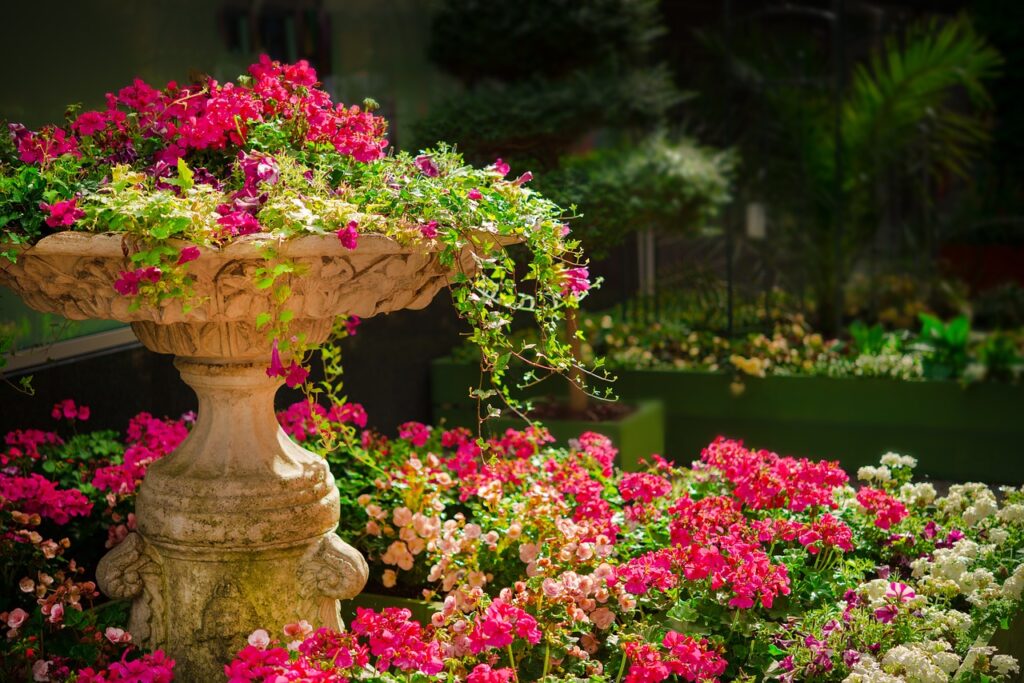Choosing the right plants for Kenyan Landscapes: Expert Tips

Choosing the right plants for Kenyan landscapes requires a careful balance between aesthetics, climate, soil type, and water availability. Kenya’s diverse climates—from arid regions to tropical highlands—offer various opportunities for creative landscaping. Below are expert tips to help you choose the right plants for your Kenyan garden:
1. Understand Your Climate Zone
Kenya has a range of climatic zones, including coastal, arid, semi-arid, and highland regions. It’s important to choose plants that thrive in your specific climate. For example:
- Coastal Areas: Choose salt-tolerant and drought-resistant plants like Bougainvillea, Frangipani, and Pandanus.
- Highland Areas: Plants that prefer cooler temperatures and higher moisture levels, like Azaleas, Camellias, and Ferns, will do well.
- Arid and Semi-Arid Areas: Opt for hardy, drought-tolerant species like Aloe, Cactus, and Acacia.
2. Opt for Native Plants
Using indigenous plants ensures that your landscape is naturally adapted to the local environment. Native plants require less water, are more resistant to local pests, and support the local ecosystem. Some popular native Kenyan plants include:
- Croton megalocarpus: A resilient tree that provides shade and attracts birds.
- Aloe vera: Well-suited for hot, dry regions and also offers medicinal benefits.
- Agapanthus: This hardy plant thrives in a variety of climates and adds vibrant color to gardens.
3. Consider Soil Type
Different plants have specific soil requirements. Conduct a soil test to determine whether your soil is sandy, loamy, or clay. Add organic matter like compost to improve soil structure if needed. In arid regions, consider soil-binding plants like Vetiver Grass, which also helps prevent erosion.
4. Embrace Drought-Tolerant Species
Kenya experiences periods of drought in many regions, so selecting drought-resistant plants ensures your garden will stay green even during dry spells. Some drought-tolerant species include:
- Succulents such as Echeveria and Sedum.
- Lavender and Rosemary, which not only survive low water conditions but also add fragrance to the landscape.
- Acacias and Baobabs for large areas, as they are tough, water-conserving trees.
5. Use Ground Covers and Grasses
Ground cover plants and ornamental grasses are great for filling in spaces, controlling erosion, and reducing the need for constant watering. Some excellent choices include:
- Lippia javanica: A hardy ground cover plant ideal for dry landscapes.
- Buffalo Grass: Known for its drought tolerance and ability to withstand foot traffic.
- Pennisetum (Fountain grass): An ornamental grass that thrives in sunny, dry environments.
6. Incorporate Fruit Trees and Edibles
Kenya’s climate allows for a wide variety of fruit trees, adding both beauty and functionality to landscapes. You can plant:
- Mango, Avocado, and Citrus trees for both shade and produce.
- Papaya and Banana for tropical highland areas.
- Passion Fruit vines as attractive climbers that also yield delicious fruit.
7. Plan for Seasonal Changes
Choose a mix of plants that bloom at different times of the year to keep your landscape vibrant year-round. In Kenya’s highland regions, plants like Calla Lilies, Hibiscus, and Bird of Paradise can provide stunning seasonal color.
8. Think About Wildlife Attractants
Encourage biodiversity by planting flowers that attract bees, butterflies, and birds. Plants like Grevillea, Aloe, and Salvia are great for drawing pollinators, while trees like Neem and Croton provide food and shelter for birds.
9. Low-Maintenance Planting
If you’re looking for a low-maintenance landscape, opt for hardy, pest-resistant plants. Many native plants fall into this category, as do succulents and other drought-tolerant species.
10. Consider Water Features
Incorporating water elements into your landscape can influence the types of plants you choose. For gardens with water features like ponds or fountains, choose water-loving plants like Papyrus, Water Lilies, or Cyperus. These can add a tropical feel and soften hardscapes.
Conclusion
Creating a beautiful and sustainable Kenyan landscape involves understanding your local climate, choosing drought-tolerant and native species, and planning for seasonal variations. By focusing on the right plants for your environment, you can achieve a lush, eco-friendly garden that thrives with minimal intervention. For professional landscaping and landscape design contact us or mail us.